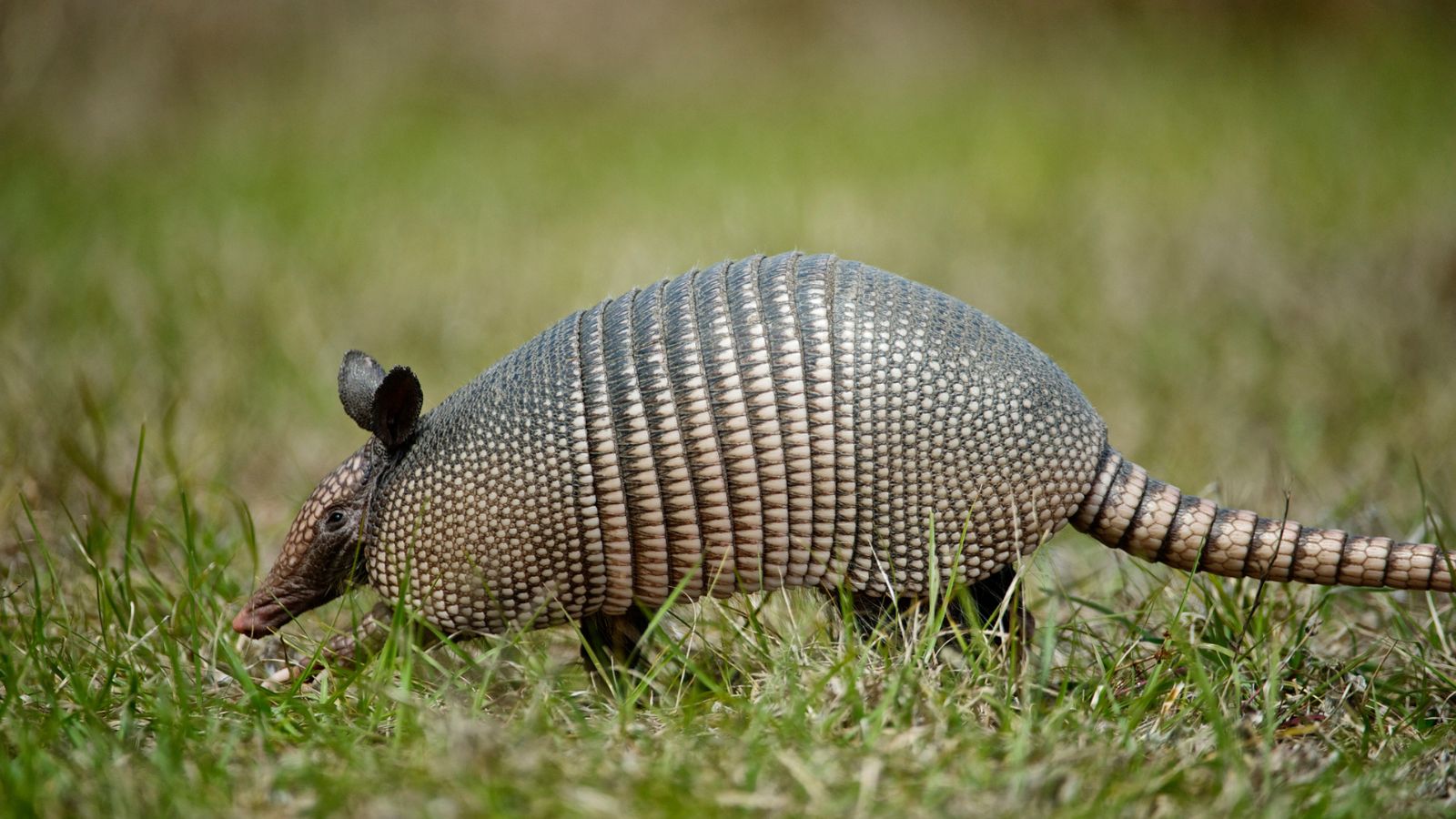
Their digging causes havoc, so wondering how to keep armadillos out of your yard is a natural response. Holes in the lawn and uprooted flowers, veggies, and plants are the evidence of armadillos in the yard and sights any gardener will not welcome.
Identifying that your woes are the result of armadillos, then keeping them out is the answer in the same way that you’d get rid of moles. With sharp claws used for digging and finding food – mainly insects and invertebrates – the only mammal with a bony-plate shell can be a potent source of destruction in any yard.
We asked the experts to share the tactics worth employing to keep armadillos out (along with the remedies that aren’t worth your time), and these are the essentials.
Keep armadillos out of your yard: dos and don'ts
The activity of armadillos isn’t compatible with backyard ideas of beautiful beds, borders and lawns and they’ll likely prompt you to take action as you would to get rid of squirrels or banish raccoons causing problems.
These are the steps to take if you think armadillos are wreaking havoc in the yard.
1. Identify armadillos
If you haven’t seen that the destruction in the backyard is the work of armadillos, it’s important to know the telltale signs. ‘[These include] shallow holes throughout your lawn that range between 3 and 5 inches wide and 1 and 3 inches deep’, says Brad Woods, district manager for Trutech Wildlife Service in Dallas-Fort Worth.
‘Armadillo burrows are typically near structures, sidewalks, bushes, shrubs,’ he explains. Uprooted flowers, shrubs, saplings, and vegetables are also typical.
You may see feces. ‘Armadillo feces are small pellets about an inch long. Feces are often scattered near backyard burrowing sites or around ditches with damp soil,’ explains Brad.
Tracks in mud or dirt are distinctive. ‘Armadillo tracks are distinguished by four long toe prints, each tipped with a sharp claw,’ explains Brad. ‘Their toes are spread out when they walk, so armadillo footprints may resemble those of opossums or raccoons. Additionally, they have scaly tails that drag behind them as they move, appearing as a line in the soil.’
2. Make the yard less appealing
A backyard can be made less inviting for armadillos. ‘Armadillos love to burrow and prefer to do so in areas that provide cover,’ explains Meg Pearson, training specialist and biologist at Critter Control. ‘Decreasing the amount of brush and shrubbery can help discourage armadillos from burrowing and causing damage to a yard.
‘Armadillos will also eat fruit so keeping the yard clear of any fallen fruit will help remove a food source desirable to armadillos.’
3. Build a fence
Consider a fence to keep armadillos out. While it is the case that armadillos can climb and the damage in the yard is testament to their digging abilities, a fence can be an effective way to stop them entering a yard, providing it’s designed with the critters in mind.
‘Fencing and barriers needs to be buried 12 to 18 inches (deeper in sandy soil) and should extend 3 feet high,’ advises Meg Pearson. The sharp claws and powerful legs of the armadillo mean the fence needs to be sturdy. Think vinyl-coated chain link that offers both strength and durability rather than chicken wire that can rust over time.
4. Trap armadillos
Considering trapping and then releasing the critters damaging the yard? ‘You can trap an armadillo yourself,’ advises Brad Woods. ‘But you need to know how to legally release the armadillo. Each state will have its own laws and regulations on what to do with trapped nuisance wildlife.
‘You also need to avoid direct contact with an armadillo. While not aggressive, they do have sharp teeth and claws.’
Bear in mind that there is a health issue. ‘Armadillos are the only other mammal that can carry leprosy [the disease caused by Mycobacterium leprae],’ says Brad.
FAQs
What is the best armadillo repellent?
While you’ll see natural repellents suggested online, this isn’t the answer to an armadillo problem. ‘Repellents are not considered effective for keeping armadillos out of the landscape,’ say the experts at the Oklahoma State Extension. ‘Similarly, scare tactics do not provide relief.’ Bear in mind that soil insecticides used to get rid of armadillos’ food source that are sometimes recommended can harm the beneficial insects you do want in your yard.
Armadillos can leave any gardener despairing if they damage flowers, shrubs, saplings and the contents of the vegetable garden. Methods such as changes to the yard design could be sufficient to discourage armadillos, and exclusion fencing can provide an answer to a major armadillo problem. Otherwise, calling in the pros can be the best solution for dealing with these critters.







